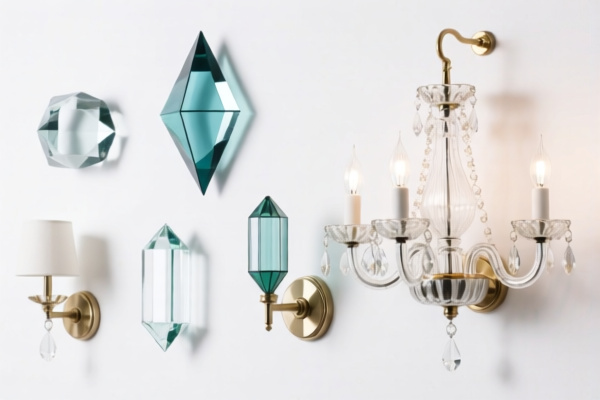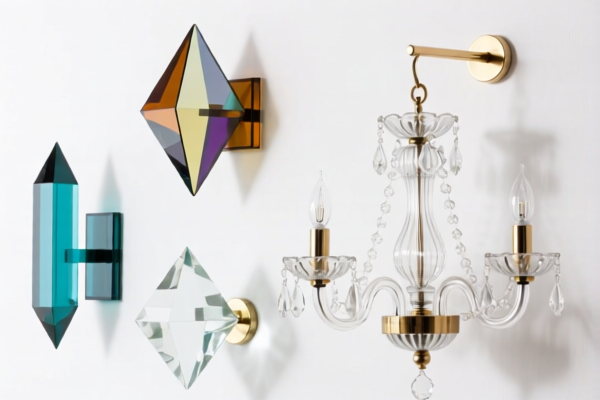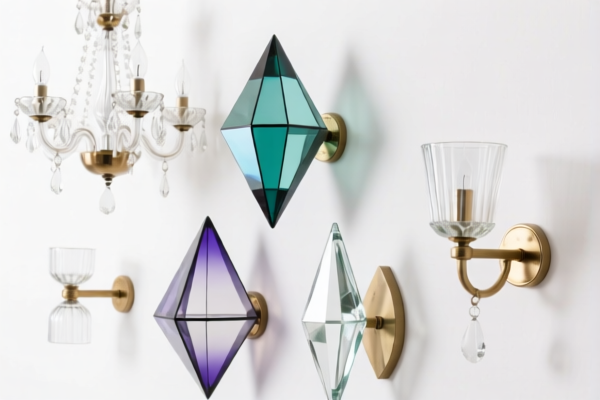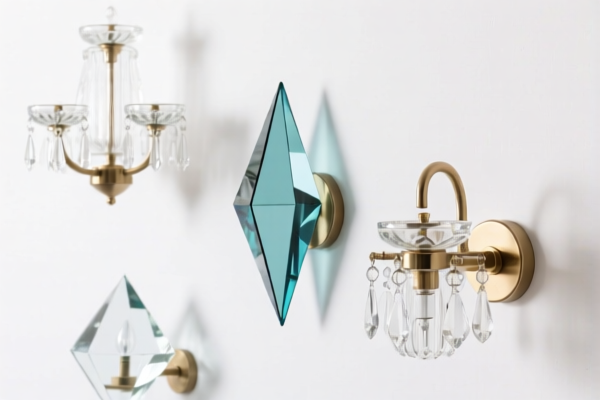| HS Code | Official Doc | Tariff Rate | Origin | Destination | Effective Date |
|---|---|---|---|---|---|
| 9505906000 | Doc | 30.0% | CN | US | 2025-05-12 |
| 9505902000 | Doc | 30.0% | CN | US | 2025-05-12 |
| 9503000071 | Doc | 30.0% | CN | US | 2025-05-12 |
| 9503000090 | Doc | 30.0% | CN | US | 2025-05-12 |
| 8513104000 | Doc | 33.5% | CN | US | 2025-05-12 |
| 8513102000 | Doc | 42.5% | CN | US | 2025-05-12 |
| 8512102000 | Doc | 37.5% | CN | US | 2025-05-12 |
| 8512104000 | Doc | 40.2% | CN | US | 2025-05-12 |
| 8539293060 | Doc | 37.5% | CN | US | 2025-05-12 |
| 8539293060 | Doc | 37.5% | CN | US | 2025-05-12 |
| 9014805000 | Doc | 55.0% | CN | US | 2025-05-12 |
| 9014804000 | Doc | 55.0% | CN | US | 2025-05-12 |




英语
Rhythm lights, also known as audio visualizers or music visualizers, are devices or software that create visual patterns synchronized with audio, typically music. They translate sound frequencies into dynamic light displays, enhancing the listening experience and often used for decorative or entertainment purposes.
Material:
- LEDs: The core component, available in various types (SMD, DIP) and colors (RGB, single color). RGB LEDs are most common, allowing for a wide spectrum of colors and effects.
- Microcontrollers: (e.g., Arduino, ESP32) Process audio input and control the LEDs.
- Amplifiers: Boost audio signals for clearer analysis.
- Enclosures: Housing materials can vary widely, including plastics (acrylic, polycarbonate), wood, metal, or even fabric.
- Power Supplies: Provide the necessary voltage and current for the LEDs and microcontroller.
- Wiring & Connectors: Facilitate connections between components.
Purpose:
- Audio Visualization: The primary function is to visually represent sound.
- Entertainment: Create immersive experiences at parties, concerts, or home entertainment systems.
- Decorative Lighting: Serve as ambient or accent lighting.
- Mood Enhancement: The dynamic light patterns can contribute to a specific atmosphere.
- Educational Tool: Demonstrate sound wave properties (frequency, amplitude).
Function:
Rhythm lights operate by:
- Audio Input: Receiving an audio signal from a source (e.g., smartphone, computer, amplifier).
- Signal Processing: Analyzing the audio signal to determine its frequency spectrum and amplitude. This often involves Fast Fourier Transform (FFT) algorithms.
- Mapping: Assigning specific frequencies or amplitude ranges to different colors, brightness levels, or patterns.
- LED Control: The microcontroller controls the LEDs based on the mapped data, creating the visual display. Different control schemes (e.g., pulse-width modulation) determine the brightness and color of each LED.
Usage Scenarios:
- Home Entertainment: Used with music players, TVs, and gaming systems.
- Parties & Events: Enhance the atmosphere at gatherings.
- Concerts & Clubs: Provide dynamic stage lighting.
- Automotive: Integrated into car interiors for synchronized lighting.
- Retail Displays: Attract attention to products with visually engaging displays.
- DIY Projects: Popular platform for electronics enthusiasts.
Common Types:
- LED Strip Lights: Flexible strips with individually addressable LEDs, commonly used for ambient lighting.
- LED Panels: Arranged in grids or matrices for more complex displays.
- Music Boxes with Lights: Compact devices that create light patterns synchronized with built-in music.
- Software Visualizers: Applications that generate visual displays on computer screens. (e.g., Winamp visualizations, foobar2000 visualizations)
- Dedicated Rhythm Light Controllers: Standalone devices designed specifically for audio visualization.
- Smart Bulbs/Fixtures: Integrate audio visualization features into smart home lighting systems. (e.g., Philips Hue with audio sync)
- Matrix Panels: Large grids of LEDs used for complex animations and patterns.
Based on the provided information, “rhythm light” can be classified under several HS codes, depending on its specific characteristics. Here's a breakdown:
-
8513104000: Portable electric lamps designed to function by their own source of energy (for example, dry batteries, storage batteries, magnetos), other than lighting equipment of heading 8512; parts thereof: Lamps: Other. This code applies if the rhythm light is a portable lamp powered by batteries or a similar self-contained energy source and doesn’t fall under more specific lighting categories.
- Chapter 85: Electrical machinery and equipment.
- Heading 8513: Portable electric lamps.
- Subheading 851310: Lamps.
- Further Specification 8513104000: Other lamps.
-
8513102000: Portable electric lamps designed to function by their own source of energy (for example, dry batteries, storage batteries, magnetos), other than lighting equipment of heading 8512; parts thereof: Lamps: Flashlights. If the rhythm light functions as a flashlight, this code is applicable.
- Chapter 85: Electrical machinery and equipment.
- Heading 8513: Portable electric lamps.
- Subheading 851310: Lamps.
- Further Specification 8513102000: Flashlights.
-
8539293060: Electrical filament or discharge lamps, including sealed beam lamp units and ultraviolet or infrared lamps; arc lamps; light-emitting diode (LED) light sources; parts thereof: Other filament lamps, excluding ultraviolet or infrared lamps: Other: Designed for a voltage not exceeding
100 V: Other Other: Other. This code applies if the rhythm light is an LED light source operating at 100V or less.- Chapter 85: Electrical machinery and equipment.
- Heading 8539: Electrical filament or discharge lamps.
- Subheading 853929: Other filament lamps.
- Further Specification 8539293060: Other lamps designed for a voltage not exceeding 100V.
Regarding HS code 8539293060, please note that it is listed twice in the reference material, with identical information.
It is important to determine the power source and voltage of the rhythm light to select the most accurate HS code.
Customer Reviews
No reviews yet.